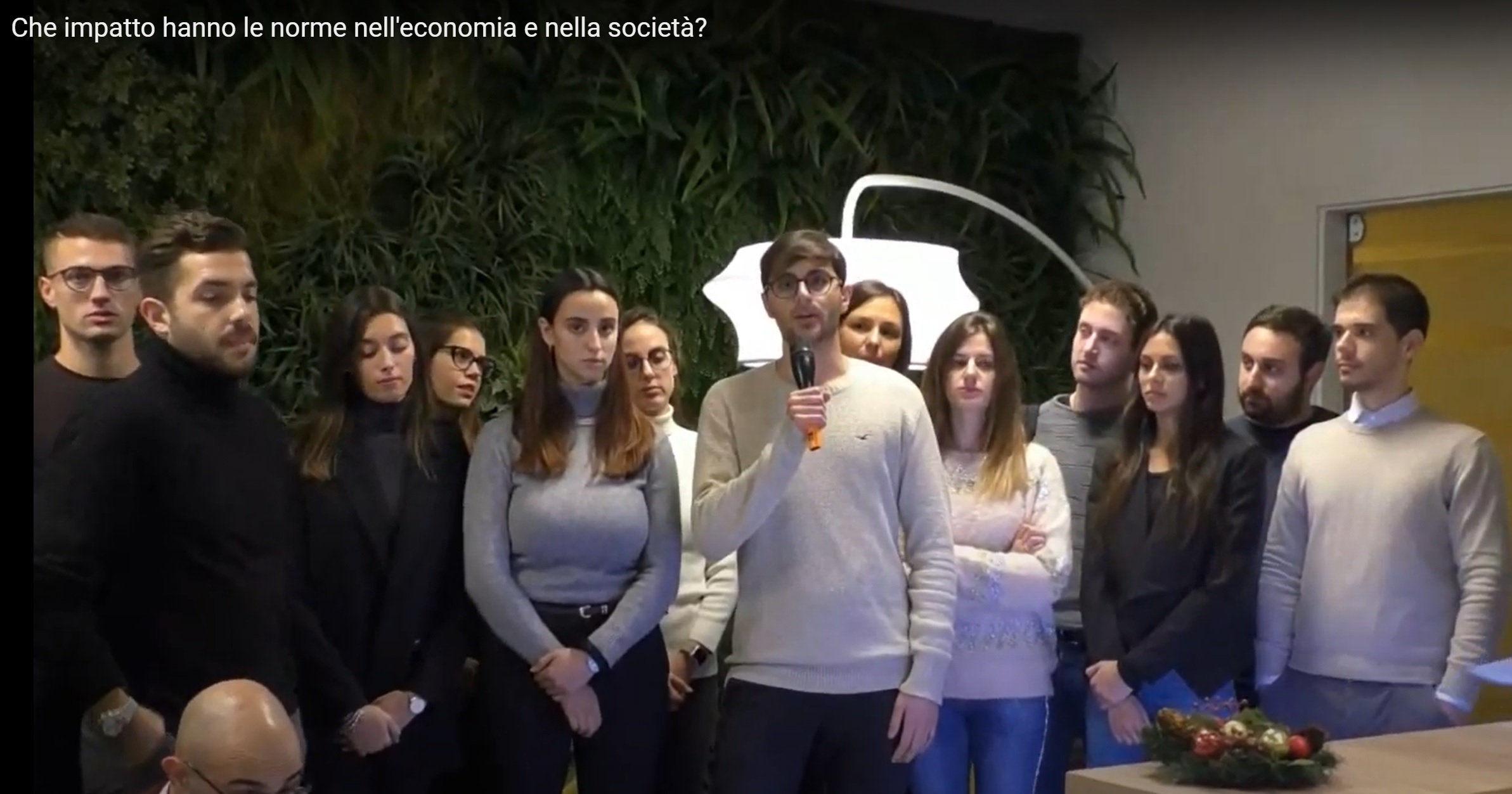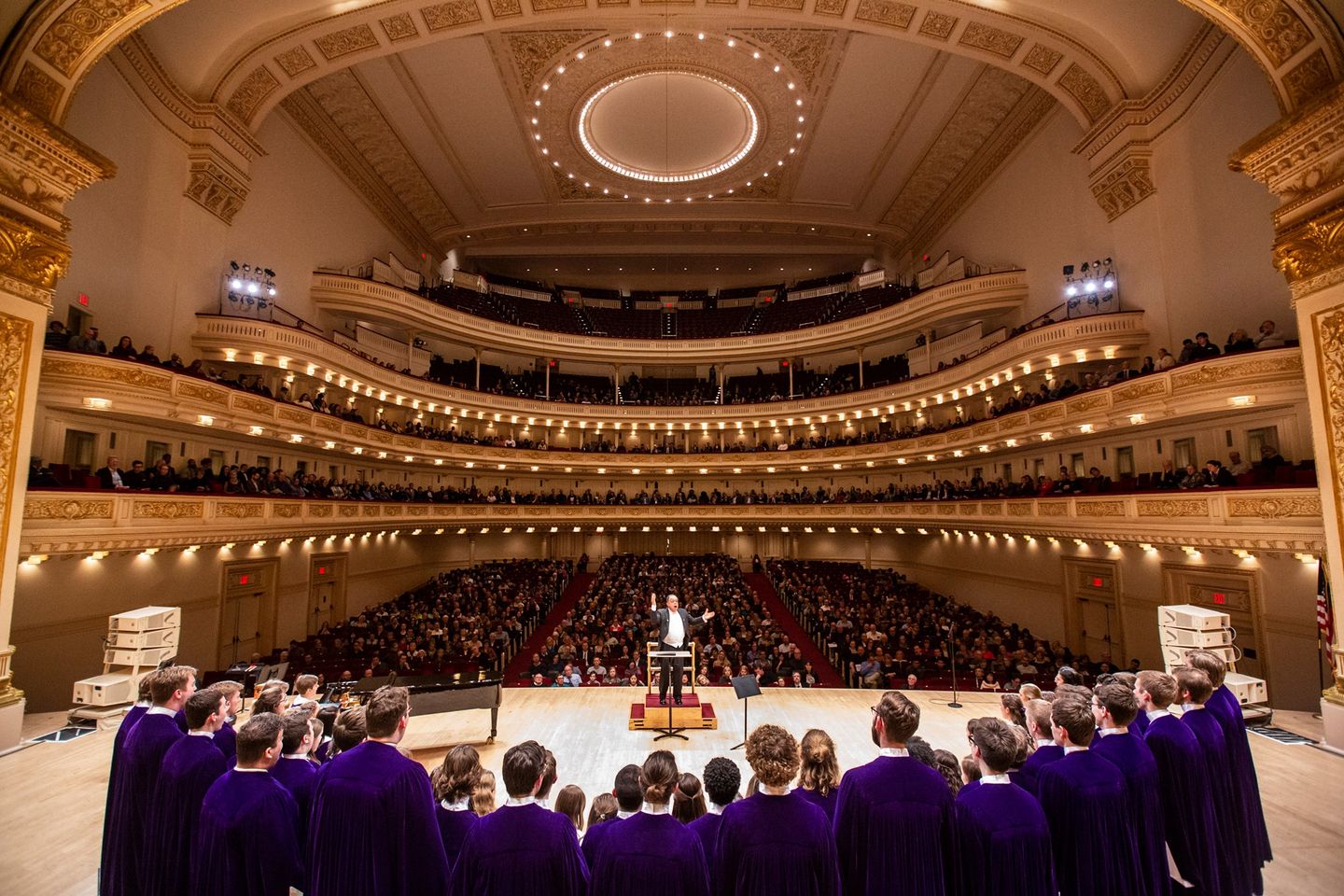I found this today. It is a photo of the cherry tree walk in the Harris Garden at Reading University. This is the effect you get when the petals fall. pic.twitter.com/IWGPVaJ2JF
— Sue Lawrence (@sueelawrence) April 17, 2023
Colloquy (April)
- Home Page 86

Colloquy (April)
Late Night Breakfast
Late Night Breakfast is a tradition where students take a break from studying
for final examinations and served breakfast by the Faculty and Staff.
Southwestern University Consolidated Financial Statements June 2023 | $643.4M
Behind the Artifact: The Melville Compass
International Building Code Section 302 Group A-2 occupancy includes assembly uses intended for food and/or drink consumption
Related:
The Seven Sins of Greenwashing
“Eco-friendly”, “Green”, “Bio”… Companies are increasingly using those tags as a signal to consumers of their environmental awareness. Yet also on the rise is a public concern about potential corporate lies in this subject, a phenomena labelled as “greenwashing”.
According to IESE professor Pascual Berrone, “many companies highlight one green positive aspect of their product or service, and hide the true impact that its production has on the environment”. With more and more NGO’s act as public watchdogs, “the consequences of getting caught can be, in terms of reputation but also economically, severe”, he says.
Norsk Salmebok
This content is accessible to paid subscribers. To view it please enter your password below or send mike@standardsmichigan.com a request for subscription details.
Kokkekaffe
Standards Norway | University of Oslo Statement of Cash Flows: NOK (000) 677 989
Coffee and cardiovascular disease: From epidemiological to etiological perspective | Ulsaker, Hilde
“The Strange Death of Europe” | Douglas Murray
God morgen #arendalsuka ! På MS Sunnhordaland er kaffen og vaflene klare. Kl 8:30 er står følgende på blokka: Hvem har ansvaret når den offentlige debatten flyttes til Facebook? https://t.co/WVBFxqWR5P… @OsloMet @UniOsloHF pic.twitter.com/Eq97wFNxmb
— Universitetet i Oslo (@UniOslo) August 16, 2018
The Brew
This content is accessible to paid subscribers. To view it please enter your password below or send mike@standardsmichigan.com a request for subscription details.
“What Wondrous Love”
St. Olaf Choir in Norway | In the Fjords
The authorship of the hymn “What Wondrous Love Is This?” is unknown, and it is believed to be a traditional American folk hymn that emerged in the early 19th century. The hymn is sometimes attributed to American composer and music educator William Walker, who included it in his songbook “Southern Harmony” in 1835. It has become a beloved hymn in many Christian traditions, particularly during the season of Lent and Holy Week, as it helps worshippers reflect on the depth and meaning of Jesus Christ’s sacrifice.
History of Western Civilization Told Through the Acoustics of its Worship Spaces
Dickinson County Michigan
This content is accessible to paid subscribers. To view it please enter your password below or send mike@standardsmichigan.com a request for subscription details.
New update alert! The 2022 update to the Trademark Assignment Dataset is now available online. Find 1.29 million trademark assignments, involving 2.28 million unique trademark properties issued by the USPTO between March 1952 and January 2023: https://t.co/njrDAbSpwB pic.twitter.com/GkAXrHoQ9T
— USPTO (@uspto) July 13, 2023
Standards Michigan Group, LLC
2723 South State Street | Suite 150
Ann Arbor, MI 48104 USA
888-746-3670





















